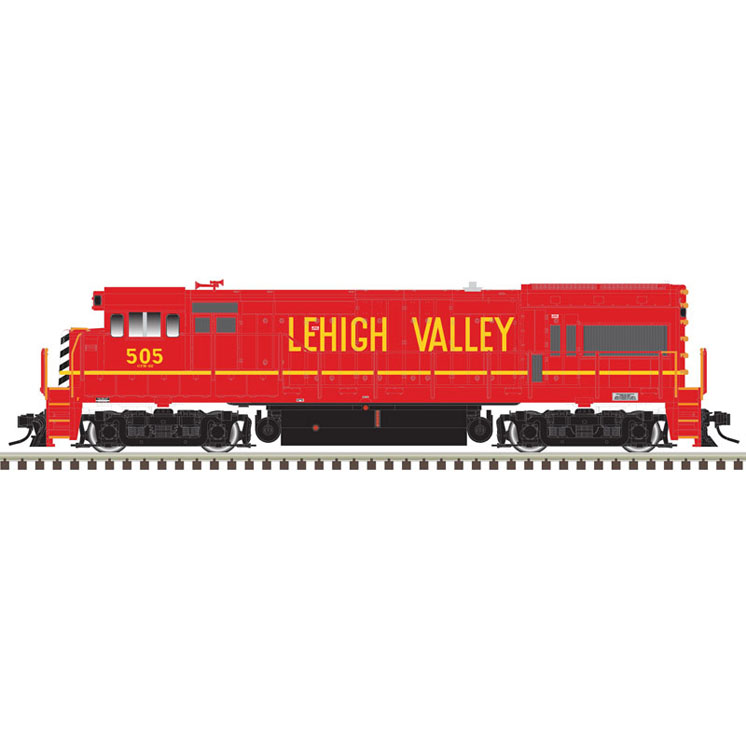
Atlas Model Railroad Co. HO scale General Electric U23B diesel locomotive HO scale locomotives General Electric U23B diesel locomotive. New paint schemes. Low short hood: Missouri Pacific (blue and white) and Conrail Express (blue and white, one road number). New numbers: Low short hood: Atchison, Topeka & Santa Fe (blue and yellow warbonnet); Chessie System […]
Read More…
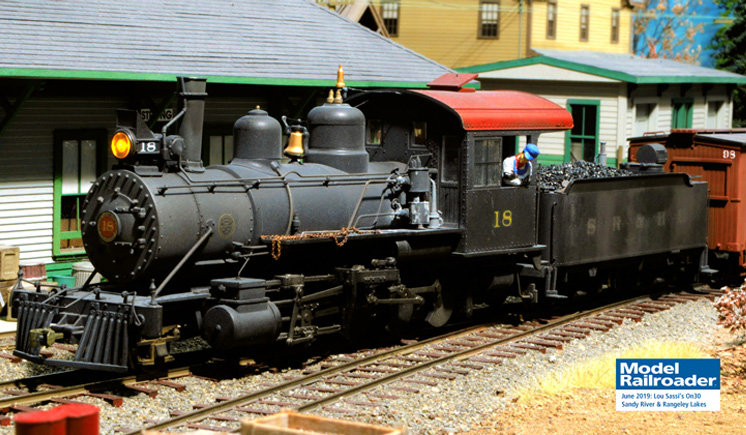
Click on the links at left to download the image sized appropriately for your computer screen. Engineer Ed West checks ahead as he eases his outside-frame Baldwin 2-8-0 – a recent acquisition for the Sandy River & Rangeley Lakes – and its local freight up to the platform at Strong, Maine. Model Railroader contributing editor […]
Read More…
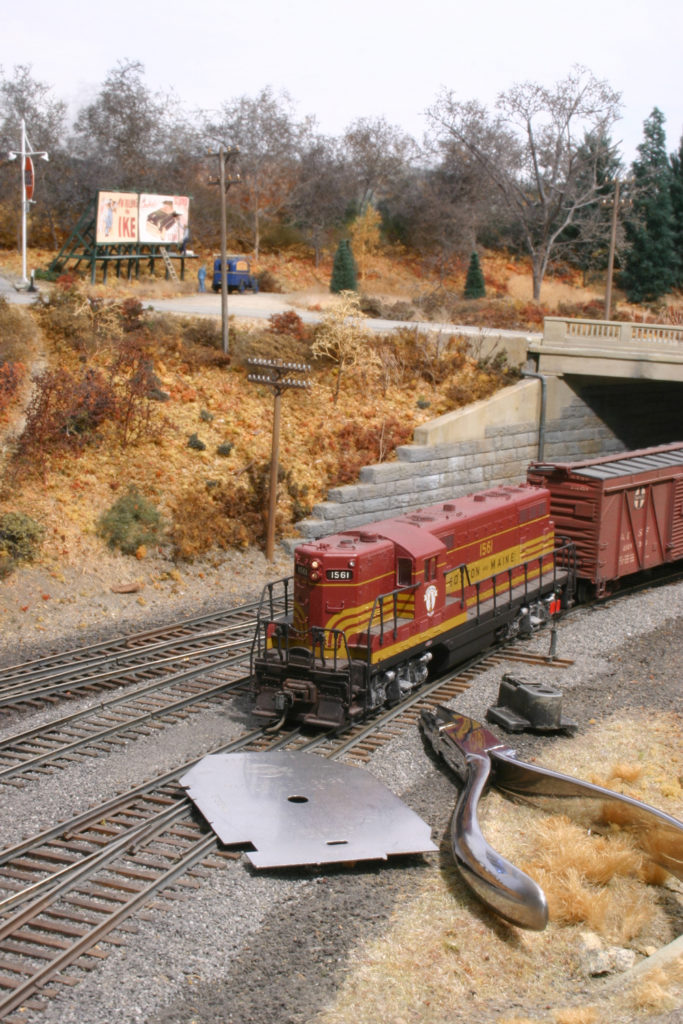
So long as your rails are clean and your rolling stock is fine-tuned, it’s time to inspect your right-of-way for problems. This is the first of five quick articles on how to check for and fix common mechanical and electrical track problems with model railroad track. First, you’ll need to run a test train over […]
Read More…
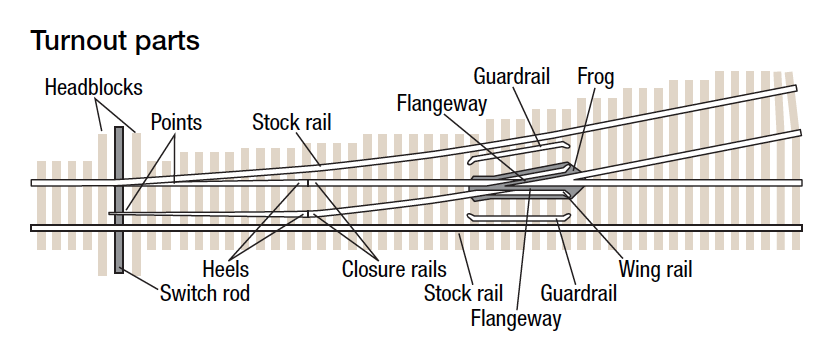
Theo Cobb illustration Theo Cobb illustration For each turnout, make sure that the check gauge — spacing between the guardrail and the frog — is correct. Paul J. Dolkos So long as your rails are clean and your rolling stock is fine-tuned, it’s time to inspect your right-of-way for problems. This is the second of […]
Read More…
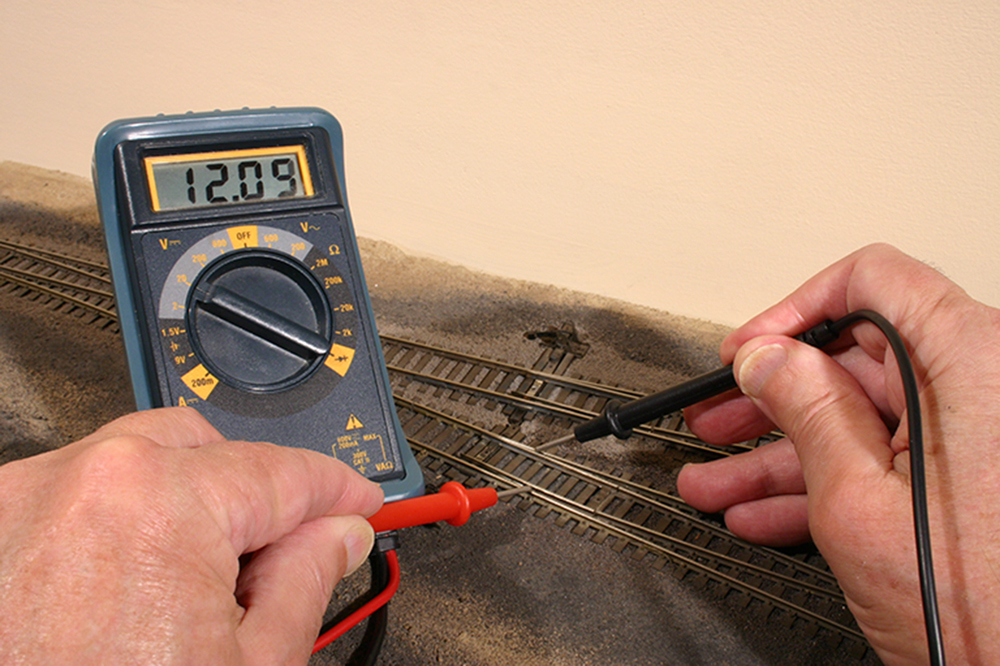
Check the track voltage using a multimeter. The voltage reading should be the same along each powered track section. Paul J. Dolkos So long as your rails are clean and your rolling stock is fine-tuned, it’s time to inspect your right-of-way for problems. This is the third of five quick articles on how to check […]
Read More…
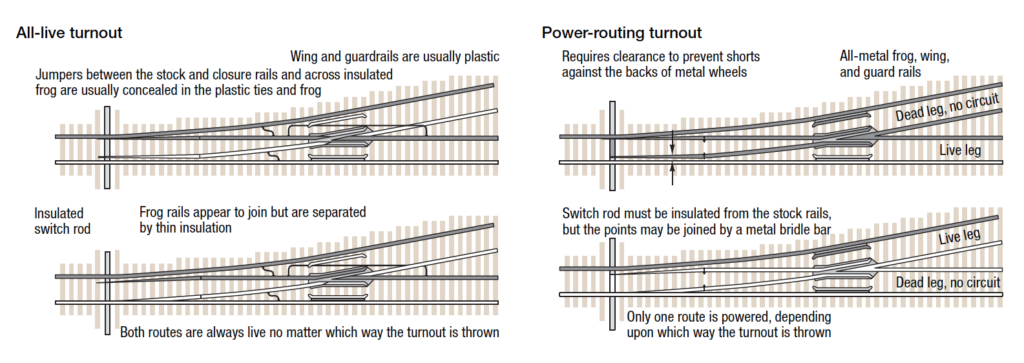
Theo Cobb illustration So long as your rails are clean and your rolling stock is fine-tuned, it’s time to inspect your right-of-way for problems. This is the fourth of five quick articles on how to check for and fix common mechanical and electrical track problems with model railroad track. Electrical problems in turnouts and switches […]
Read More…
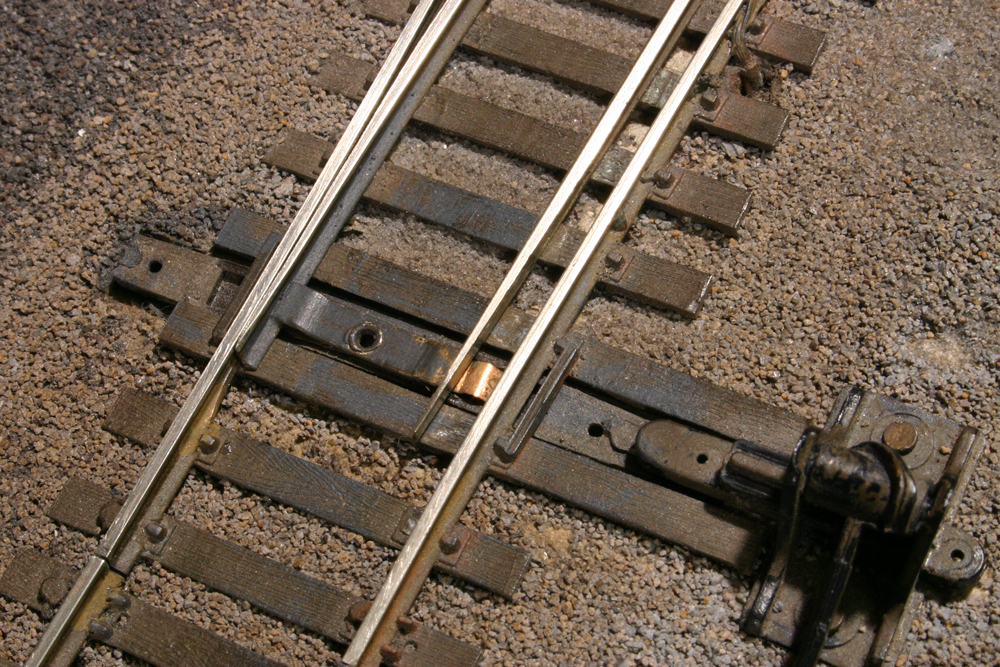
Some power-routing turnouts use thin metal tabs to provide contact between the stock rails and switch points. These tabs are often unreliable, especially on older turnouts, and can cause locomotives to stall. Paul J. Dolkos Theo Cobb illustration So long as your rails are clean and your rolling stock is fine-tuned, it’s time to inspect […]
Read More…
David Bontrager of Elnora, Ind., died on Feb. 24. He was 74 years old. David penned more than 130 articles for Model Railroader, Mainline Modeler, and Model Railroading magazines between 1988 and 2001. Among his contributions to MR were several HO scale diesel locomotive articles, including detailing a Burlington Northern General Electric (GE) C30-7, a […]
Read More…
Robert “Bob” Kingsnorth of Medford, Ore., died on Oct. 8. He was 73 years old. Bob’s journey in model railroading began when he received a Lionel set at age 6. He made the switch to HO scale when Kix breakfast cereal began giving freight cars as a promotion. Bob’s first byline in Model Railroader came […]
Read More…
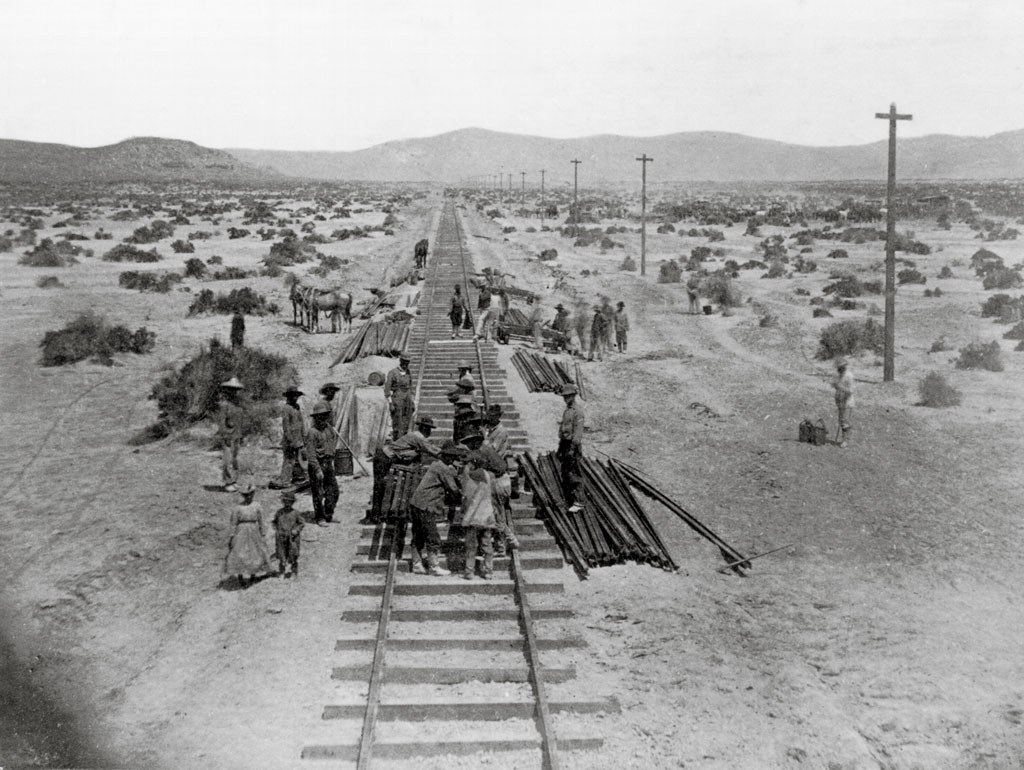
Chinese workers load rail onto a tracklaying car from the piles left by the morning’s supply train. Sixteen rails, a keg of spikes, a keg of nuts and bolts, and 32 splice bars, along with the crew made the load. Horses to pull the car stand ready. The location is Granite Point, Nev., in late […]
Read More…
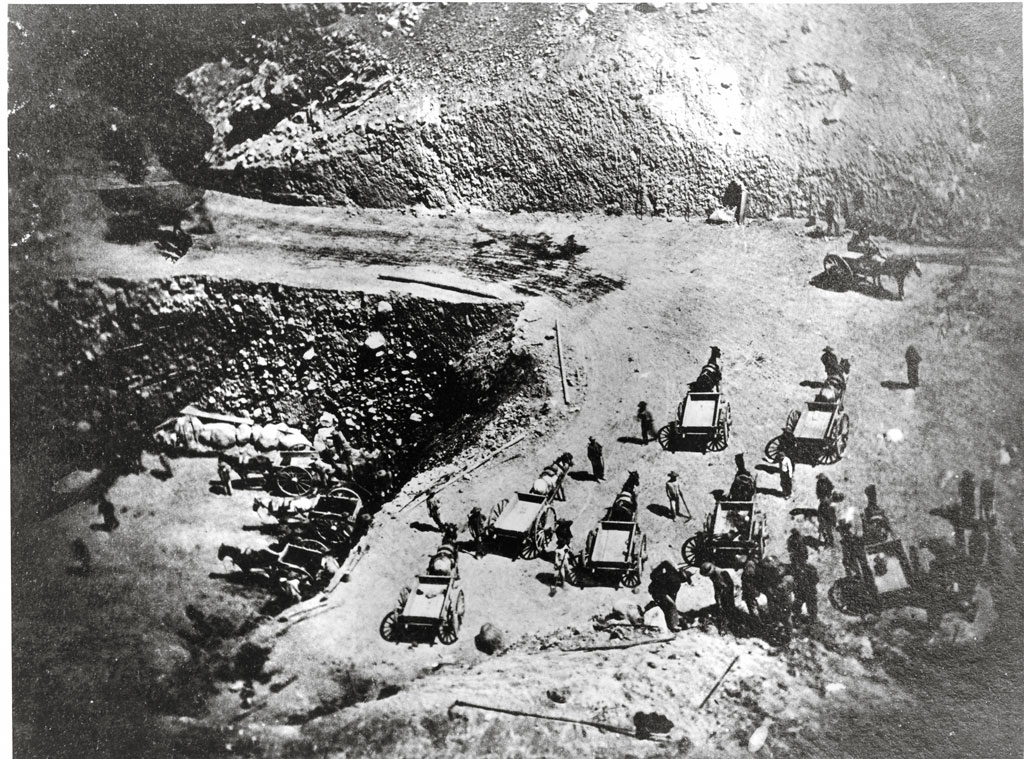
Grading on the Central Pacific was done by hand, relying primarily on Chinese using picks, shovels, and horse-drawn dump carts, though black powder was freely used to break hard soil and move rocks aside. This scene is the 170-foot deep excavation at Prospect Hill, Calif. It dates from summer 1866, when more than a thousand […]
Read More…
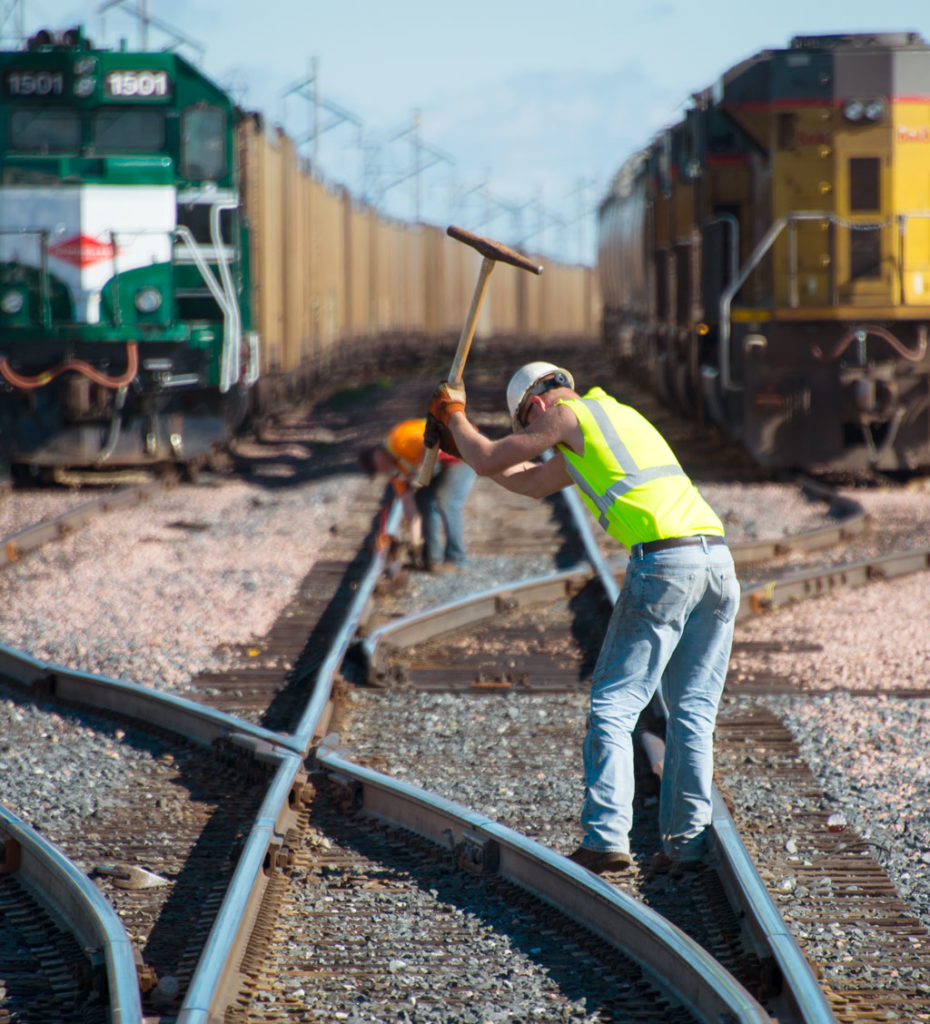
A track worker hammers in spikes on a turnout. Steve Smedley Rusty track spikes near Canadian Pacific tracks at Brookfield, Wis, in 2012. Karl Riek The Golden Spike of the first transcontinental railroad was but one of millions in the nearly 2,000-mile route between Sacramento, Calif., and Omaha, Neb. Spikes date back to the first […]
Read More…










